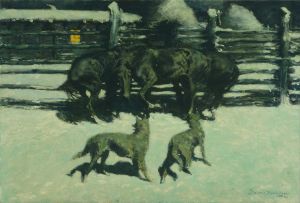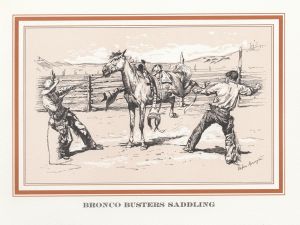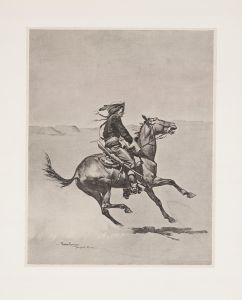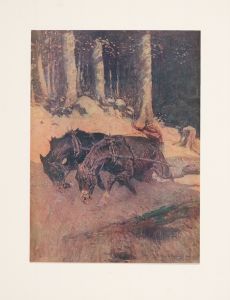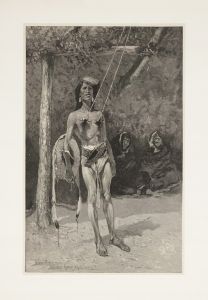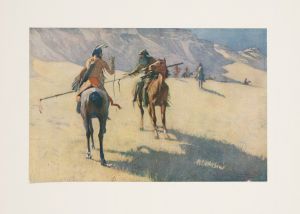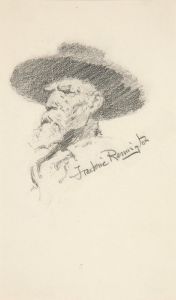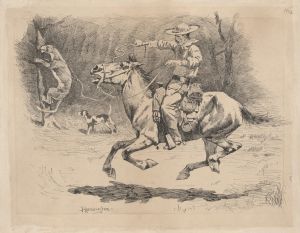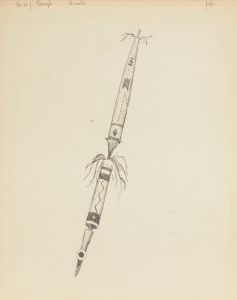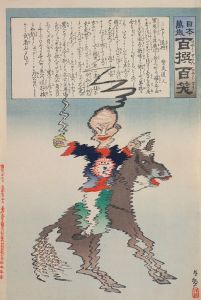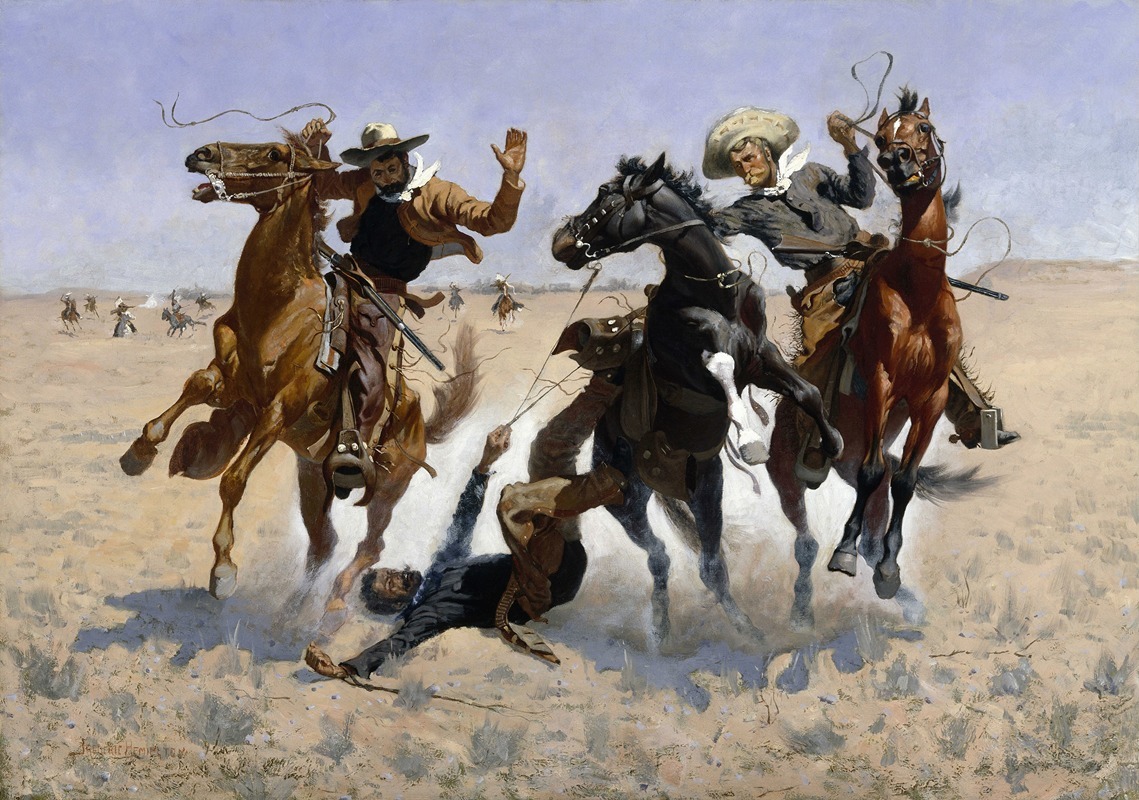
Aiding a Comrade
A hand-painted replica of Frederic Remington’s masterpiece Aiding a Comrade, meticulously crafted by professional artists to capture the true essence of the original. Each piece is created with museum-quality canvas and rare mineral pigments, carefully painted by experienced artists with delicate brushstrokes and rich, layered colors to perfectly recreate the texture of the original artwork. Unlike machine-printed reproductions, this hand-painted version brings the painting to life, infused with the artist’s emotions and skill in every stroke. Whether for personal collection or home decoration, it instantly elevates the artistic atmosphere of any space.
"Aiding a Comrade" is a painting by the renowned American artist Frederic Remington, who is best known for his depictions of the American West. Remington was an influential figure in the late 19th and early 20th centuries, capturing the essence of frontier life through his art. His works often focused on themes of the American cavalry, cowboys, and Native Americans, reflecting the dynamic and often tumultuous interactions of these groups during the westward expansion of the United States.
The painting "Aiding a Comrade" exemplifies Remington's ability to convey action and emotion. It depicts a dramatic scene involving cavalry soldiers, a subject that Remington frequently explored. The composition captures a moment of camaraderie and urgency, as soldiers assist a fellow comrade in distress. This theme of mutual support and bravery is a recurring motif in Remington's work, highlighting the harsh realities and the spirit of cooperation necessary for survival in the challenging environments of the American frontier.
Remington's artistic style is characterized by his attention to detail and his dynamic portrayal of movement. In "Aiding a Comrade," he employs a realistic approach, with meticulous attention to the uniforms, horses, and equipment of the soldiers. His use of color and light enhances the drama of the scene, drawing the viewer into the narrative. Remington's ability to capture the physicality and tension of such moments is a testament to his deep understanding of his subjects, which he gained through extensive travels and firsthand observations.
The painting is also notable for its historical context. During the period in which Remington was active, the American West was undergoing significant changes. The expansion of the railroad, the decline of the open range, and the conflicts between settlers and Native American tribes were shaping the landscape and the lives of those who inhabited it. Remington's work provides a visual record of this transformative era, offering insights into the experiences and challenges faced by those on the frontier.
Frederic Remington's contributions to American art extend beyond his paintings. He was also a prolific illustrator and sculptor, with his works appearing in popular magazines of the time, such as Harper's Weekly. His illustrations helped to popularize the imagery of the American West, influencing public perceptions and contributing to the mythos of the frontier.
"Aiding a Comrade" is a part of Remington's broader oeuvre that continues to be celebrated for its historical significance and artistic merit. His works are housed in numerous prestigious collections, including the Metropolitan Museum of Art and the Frederic Remington Art Museum, ensuring that his legacy endures. Through his art, Remington captured a pivotal moment in American history, providing future generations with a window into the past and a deeper understanding of the complexities of the American West.





